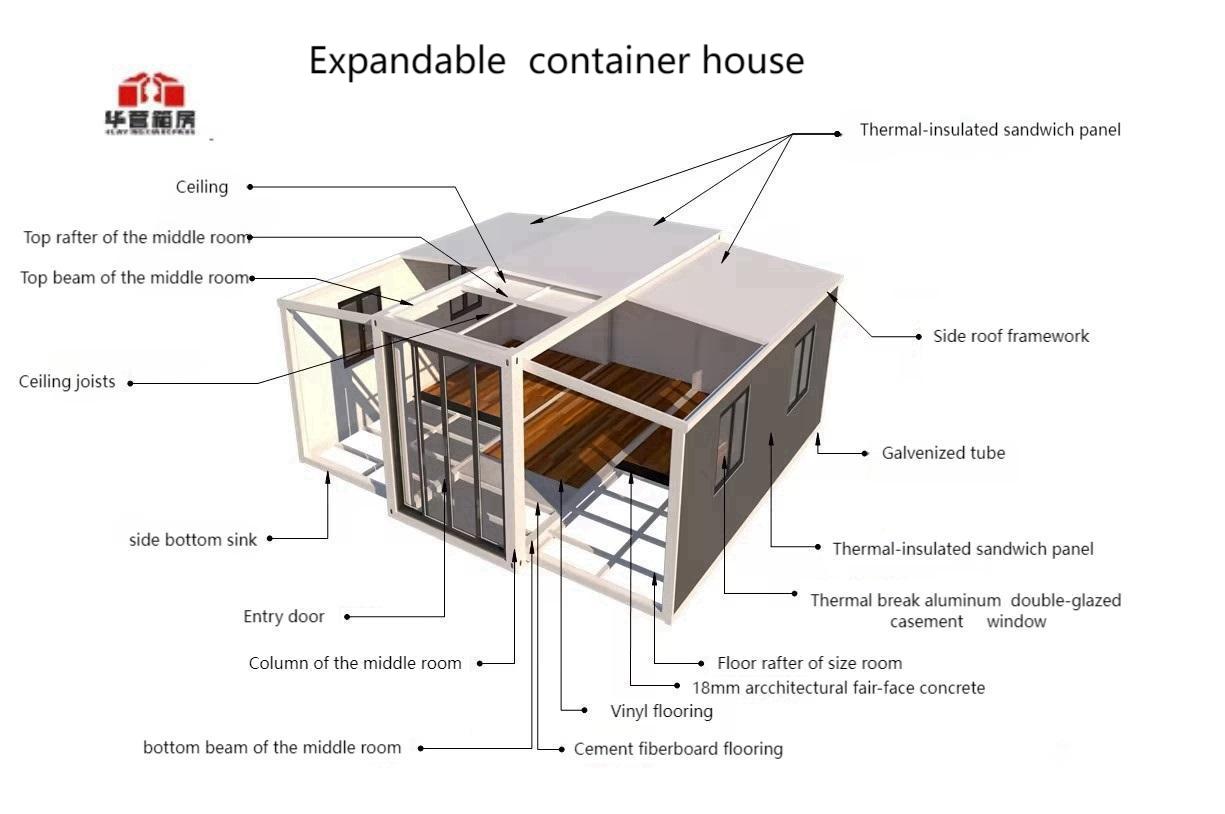Discover how container homes in Namibia offer affordable, eco-friendly housing solutions perfectly suited to the local climate. This guide explores cost benefits, quick installation, customization options, and real-life applications across Namibia – from Windhoek suburbs to remote safari lodges.
Namibia’s stark beauty comes with unique housing challenges – soaring construction costs, limited building materials in remote areas, and extreme climate conditions. But an innovative solution is rolling into the country: container homes. These aren’t the metal boxes you imagine! Repurposed shipping containers are becoming sophisticated, comfortable dwellings across Namibia, offering surprising benefits for homeowners, businesses, and communities alike.
Why Namibia is Perfect for Container Homes
Container architecture makes exceptional sense in the Namibian context. First, let’s talk climate. Namibia’s intense sun and dry air cause traditional building materials to degrade rapidly. Steel containers? They laugh at harsh weather. Properly insulated, they maintain comfortable temperatures despite desert heat. Plus, their modular nature allows transport to Namibia’s remotest corners – perfect for safari lodges, mining camps, or off-grid homesteads where conventional building is impractical.
Cost is another game-changer. Traditional brick-and-mortar construction in Windhoek can cost NAD 10,000+ per m². Container conversions typically run 30-50% less. “We delivered a fully-equipped 3-bedroom container home near Swakopmund for NAD 450,000,” shares Lars van der Merwe, a Windhoek-based builder. “A comparable brick house would’ve exceeded NAD 700,000.”
Smart Design for Namibian Living
Modern container homes bear zero resemblance to cargo holds. Clever modifications create stunning spaces:

- Climate Control: Spray-foam insulation combined with reflective roof coatings combat desert heat
- Expandable Layouts: Containers slot together like LEGO® blocks – add modules as needs grow
- Water Solutions: Integrated rainwater harvesting systems combat drought conditions
- Sand Defense: Specially sealed windows and ventilation systems keep out fine Kalahari dust
See how the “butterfly” roof design in our structural diagram promotes airflow and facilitates solar panel installation – critical for off-grid Namibian living.
Incredibly Fast Installation Process
The speed of deployment will shock you. Unlike traditional builds dragging on for months, container homes can be move-in ready in weeks. Watch this real installation near Walvis Bay:
Your browser does not support the video tag.
As shown in the video, foundations are simple concrete piers – no massive excavations. Pre-fabricated modules arrive with plumbing and electrical pre-installed. This rapid assembly is revolutionary for disaster relief housing and community projects across Namibia’s underserved regions.
Real-Life Applications Across Namibia
Container structures are proving versatile throughout the country:
- Urban Housing: Gated communities in Windhoek feature multi-container luxury homes with rooftop terraces
- Tourism: Etosha-area safari camps use container suites with panoramic glass walls facing waterholes
- Education: The “Container Classroom Project” delivered 12 storm-proof classrooms to //Kharas Region schools
- Healthcare: Mobile clinic containers reach remote villages in Kunene and Zambezi regions
Getting Your Own Container Home: Practical Steps
- Budget Planning: Basic 40ft conversions start at NAD 180,000; luxury designs reach NAD 800,000+
- Land Prep: Ensure your plot has access roads wide enough for delivery trucks
- Local Regulations: Windhoek and coastal towns have specific container home bylaws – consult municipality early
- Choose Your Builder: Select companies with Namibian climate experience (ask for Karoo insulation specs!)
- Customization: Select finishes that handle UV degradation – composite decking over wood, ceramic over vinyl
Pro Tip: “Position containers east-west with windows facing north/south to minimize direct sun exposure,” advises architect Fatima Ndiaye, whose firm designed Keetmanshoop’s award-winning Container B&B.
Myth Busting: Container Home Realities
Let’s address common concerns head-on:
“They get oven-hot!” → Modern insulation keeps interiors cooler than many brick homes. Thermographic studies show <8°C difference from traditional builds.
“They look industrial!” → Cladding options include gorgeous Namibian sandstone facades or timber finishes blending with bushveld.
“Containers are cramped!” → Clever design creates spacious interiors. Removing container walls creates open-plan living areas up to 7m wide.
Container living in Namibia isn’t just practical – it’s pioneering. These homes represent a sustainable housing revolution perfectly aligned with Namibian resilience. Whether you’re a city professional seeking an affordable Windhoek home, a lodge owner expanding sustainably, or a community leader addressing housing shortages, container architecture delivers adaptable, dignified solutions.
Ready to explore your options? Namibia’s container home specialists offer free consultations – an exciting first step toward your uniquely Namibian dwelling!
